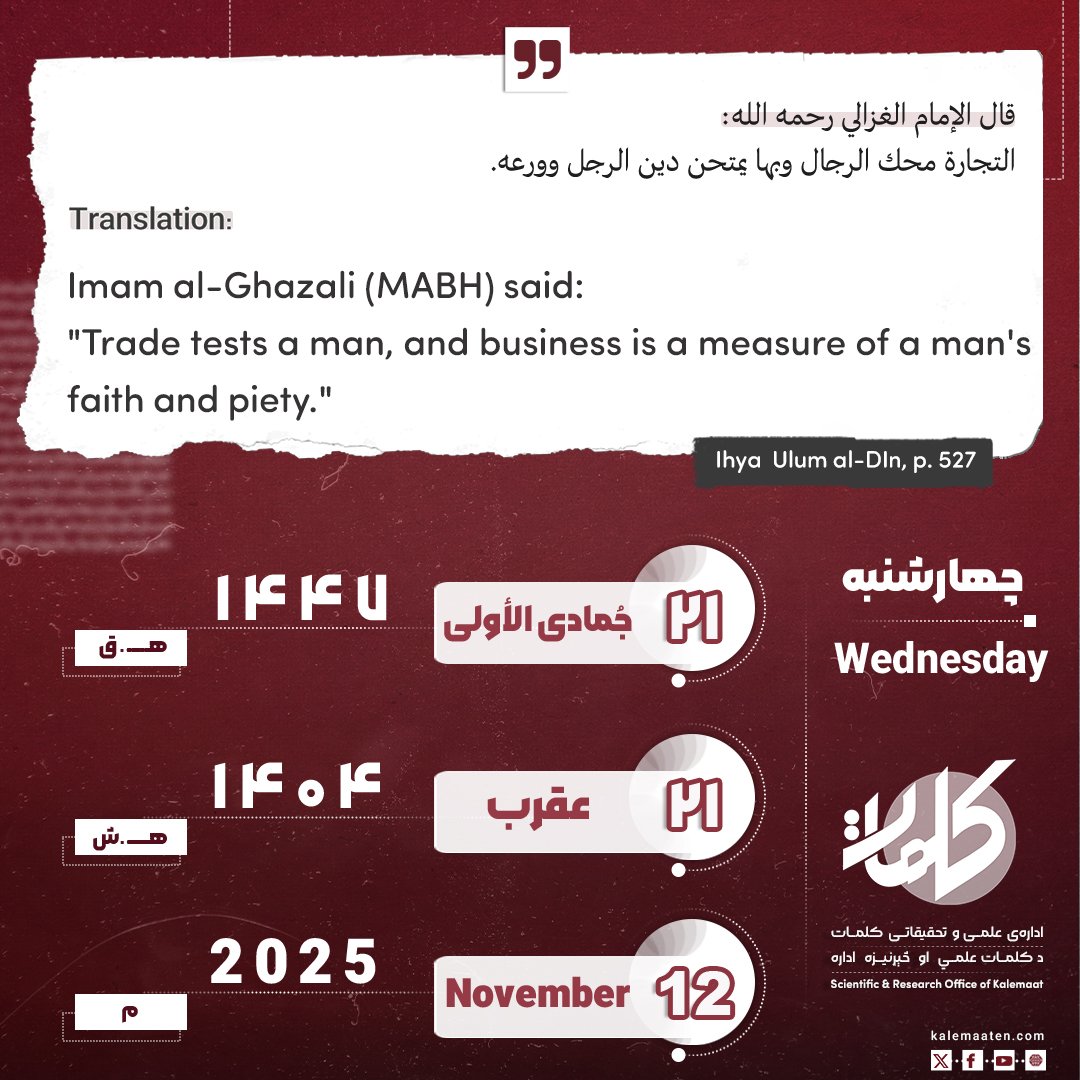Author: Abu Ayesha
Shinto Religion (Part 17)
State Shinto Religion until 1945
The state religion of Shinto can be defined as a set of religious rites and ceremonial practices under government support. This program continued until 1945 and was performed in special temples that did not belong to any religious sect or community but were owned by the state. These ceremonies were conducted solely to cultivate and instill patriotism. In these temples, ancient news and traditions were taught to children and youth to protect the country from any revolution that could bring modern economic, cultural, or political changes, and to establish a firm and stable foundation of faith and religious beliefs against the influence of Western civilization. [1]
After Japan’s surrender in September 1945, the country remained under Allied occupation for seven years. Under pressure from the United States, Emperor Shōwa renounced his divine status and the mythological origins of Japan in a radio announcement on January 1, 1946. [2] This paved the way for political reform. In 1947, the Allies drafted a new constitution for Japan that stripped the emperor of his powers, abolished the official religion, and declared the sovereignty of the people. As a result, Shinto lost its position as a political ideology and, under the law, became equal to other existing religions such as Buddhism, Confucianism, Islam, and Christianity. [3]
If we summarize the changes and transformations Shinto underwent over several centuries, the history of Shinto can be divided into five periods:
-
First Period (7th century BCE – 6th century CE): Shinto was the only religion of Japan.
-
Second Period (6th – 8th century CE): Confucianism, Buddhism, and Taoism gained attention alongside Shinto, though Shinto remained dominant.
-
Third Period (early 9th – late 17th century): Shinto merged with other religions, especially Buddhism, forming a distinct syncretic identity.
-
Fourth Period (18th – 19th centuries): Early Shinto was revived, emphasizing its core teachings.
-
Fifth Period (1882 CE): Government authorities divided Shinto into State Shinto and Sect Shinto. Sect Shinto was treated as a religion alongside others, while State Shinto became a national ceremony participated in by all Japanese regardless of their faith.[4]
These five periods demonstrate that Shinto, like other non-divine religions, underwent continual transformation according to the needs of the time. Religions not established by God Almighty are not promised eternal preservation and thus inevitably change over time. History shows that the rise, decline, transformation, growth, and collapse of religions are natural processes; Shinto was no exception. After periods of growth under government support, it eventually lost its official status and fragmented into multiple sects.
Shinto: From Religion to Sect
The transition of Shinto from a state religion to sectarian branches mirrors the trajectory of many human institutions: initially recognized and influential, later losing prominence. Shinto, with its elaborate rituals reinforced by myths and superstitions, eventually faced the realization among people that these myths brought no real benefit.
After the enactment of Japan’s 1889 constitution, which guaranteed freedom of religion, Shinto sects formed multiple branches. By the pre-World War II era, the National Religious Office had recognized thirteen sects, each independent and managed by its adherents with distinct identities. Post-WWII, the separation of religion from the state further increased the number of Shinto sects, now recorded as up to 800 sects, each with unique beliefs and practices but all within the framework of Shinto. Many of these sects arose under the influence of other religious doctrines or modern scientific and psychological principles, meeting the spiritual and intellectual needs of their followers while guiding them toward ultimate truth and inner peace. [5]
During the Meiji Restoration (1868–1889), Shinto was used for non-religious governmental purposes. Some devoted Japanese wished to impose Shinto as the sole religion, even attempting to suppress Buddhism. Shrines became state institutions, and the government promoted reverence for the emperor as a divine being. [6] By the end of WWII, this state-controlled Shinto was abolished, though the connection between Japanese nationalism and Shinto left enduring cultural marks [7].
Continues…
Previous Part / Next Part
References:
- John Nas, Comprehensive History of Religions, translated by Ali Asghar Hikmat, 3rd ed., Franklin Publishing, 1975, p. 286.
- Further details to be discussed in the next section, God willing.
- Society and Culture of Nations, Article: “Shinto as a Political Ideology,” 1442 AH.
- Tahoor Encyclopedia, Article: “Shinto Ethics.”
- John Nas, Comprehensive History of Religions, p. 284.
- Mohammad Ali Hezbari, Article: “Religious Laws in Japan,” 1401 AH.
-
Sowonway Tribune, Article: “Religion of Japan,” 1404 AH.



